Laser Etch vs. Laser Engrave: Difference Explanation
Welcome to the fascinating world of laser marking!
If you're like many, you've heard terms like "laser etching" and "laser engraving" used interchangeably.
But trust us, they are distinct processes with different applications and outcomes on the same laser engraver.
You're here because you want clarity, and that's exactly what we're providing.
We'll cut through the confusion and equip you with the knowledge to choose the perfect laser technique for your next project.
Part 1: What is Laser Engraving
Laser engraving is a robust process in which a high-powered laser beam physically removes material from the surface.
Think of it as carving with light.

The laser’s intense heat vaporizes or melts away the substrate, creating a deep, tactile groove or cavity.
This results in a permanent, three-dimensional mark with noticeable depth.
- Expect a highly durable finish that is deeper and often rougher to the touch. The contrast is typically excellent, giving the engraving strong visual and physical presence.
- Engraving excels on wood, acrylic, stone, leather, and certain metals—any material where significant depth is desired.
- It’s ideal for industrial part marking, personalized gifts, deep signage, and any application requiring extreme durability and a prominent tactile feel.
Part 2: What is Laser Etching
Laser etching, in contrast, is a surface-level marking process.
It modifies the material’s surface without significant material removal.
The laser rapidly heats the surface, causing it to melt, expand, or oxidize.

This reaction changes the material’s color, texture, or reflectivity, creating a mark with minimal depth.
Etching produces a smooth, clean mark that often appears discolored or frosted.
- It’s fast, precise, and typically non-tactile.
- It works best on metals like anodized aluminum and stainless steel, as well as certain plastics, ceramics, and glass—any application where a surface-level mark is preferred.
- It’s ideal for barcodes, QR codes, serial numbers, product branding, and decorative patterns on delicate surfaces.
Think precision, not depth.
Part 3: Fundamental Differences: Etching vs. Engraving
Let's directly compare these two powerful techniques:
|
Category |
Laser Etching |
Laser Engraving |
|
Definition |
Alters the material’s surface by melting or changing its color. |
Removes material to create a deep, carved pattern. |
|
Depth |
Very shallow (0.01–0.03 mm) |
Deep (0.1–5 mm depending on power) |
|
Process |
Surface melting, oxidation, foaming, or discoloration. |
Vaporizes or burns away material to form grooves. |
|
Material Compatibility |
Best for metals, anodized aluminum, coated surfaces. |
Works on wood, acrylic, leather, glass, stone, and high-power metal marking. |
|
Durability |
Medium; surface-level mark. |
High; permanent deep cut. |
|
Visual Effect |
Color change, slight texture, no major depth. |
Noticeable depth, 3D effect, grooved finish. |
|
Speed |
Fast |
Slower due to deeper cutting |
|
Typical Use Cases |
Serial numbers, labels, metal tags, nameplates. |
Personalized gifts, wood panels, signs, deep logos. |
|
Ideal For |
Quick marking on metal surfaces. |
High-detail, long-lasting carving on various materials. |
Part 4: How to Laser Etch and Laser Engrave
Laser engraving removes material to create depth, while laser etching alters only the surface to produce a fast, clean color change.
Both processes follow similar preparation steps but require different settings to achieve the desired result.
1. How to Laser Engrave (3 Steps)
Usually, you can easily laser engrave on non-metal materials with a diode or a CO2 laser engraver.
If you want to engrave metal, then you need an IR laser or a Fiber laser engraver.
- Engraving = deep, tactile, permanent material removal.
- Prepare Your Material & Design: Clean and secure the material, then import your vector artwork into LightBurn or similar software.
- Set Engraving Parameters: Use high power, slow–medium speed, and correct focus. Run a small test to confirm depth and clarity.
- Engrave & Finish: Start the engraving, monitor the first pass, then brush off debris and apply finishing oil/cleaner for enhanced contrast.
Watch the video clip to see how laser engraving works on stone:
2. How to Laser Etch (3 Steps)
For laser etching, the target material is usually bare metal.
Lasers that can heat or react with the metal surface—such as diode lasers, IR lasers, and fiber lasers—are able to perform true laser etching.
- Etching = shallow, fast, non-tactile surface marking.
- Prepare the Surface & Artwork: Clean the material carefully and load your design, adjusting contrast for a visible surface reaction.
- Use Etching Settings: Apply low–medium power, high speed, and tight focus for a clean color change without cutting into the material.
- Etch & Clean: Run the etching pass, ensure consistent color shift, then wipe the surface to remove residue and reveal a sharper mark.
Watch the video clip to see how laser etching works on metal material:
Part 5: Can I Laser Etch Wood
This is an interesting question: Can you truly laser-etch wood?
The answer is somewhat ambiguous because both “etching” and “engraving” rely on the laser burning the wood’s surface.

A simple way to understand the difference is this:
On wood, laser etching and engraving look almost identical because the laser always removes at least a small amount of material when it burns the fibers.
What many people refer to as “etching” on wood is, in reality, just very shallow engraving.
The End
At the end of the day, both laser etching and laser engraving open the door to endless creative possibilities.
From delicate surface markings to deep, bold cuts, you can now choose the technique that brings your ideas to life.
Grab the right laser, pick your material, and start making something amazing.









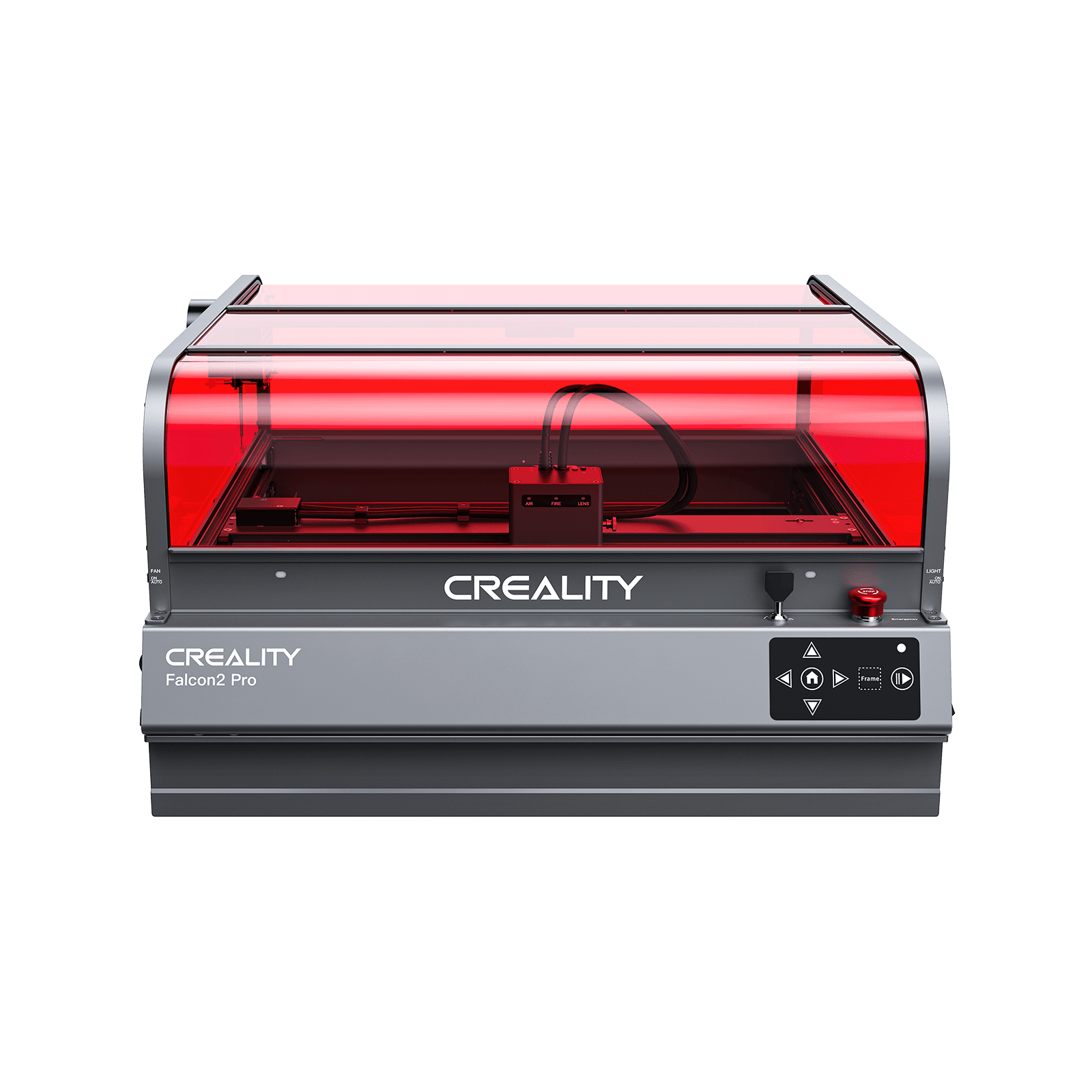






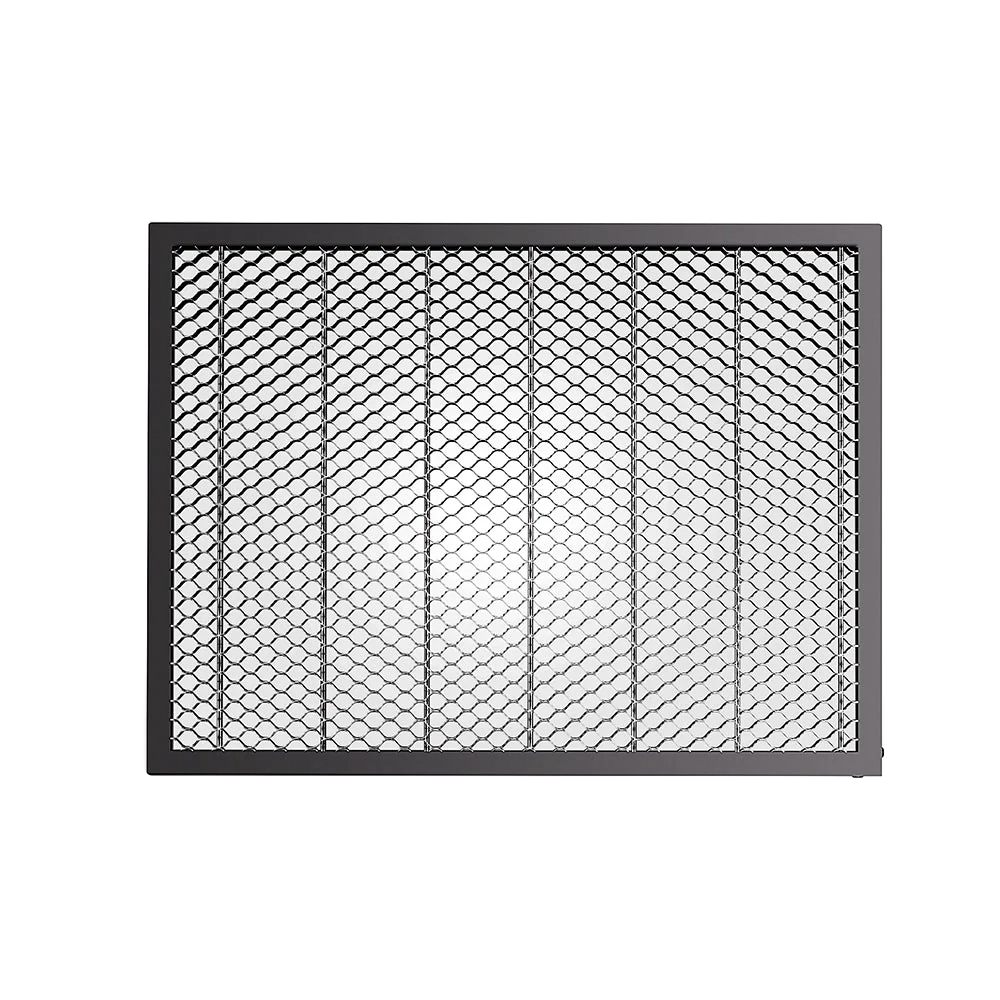







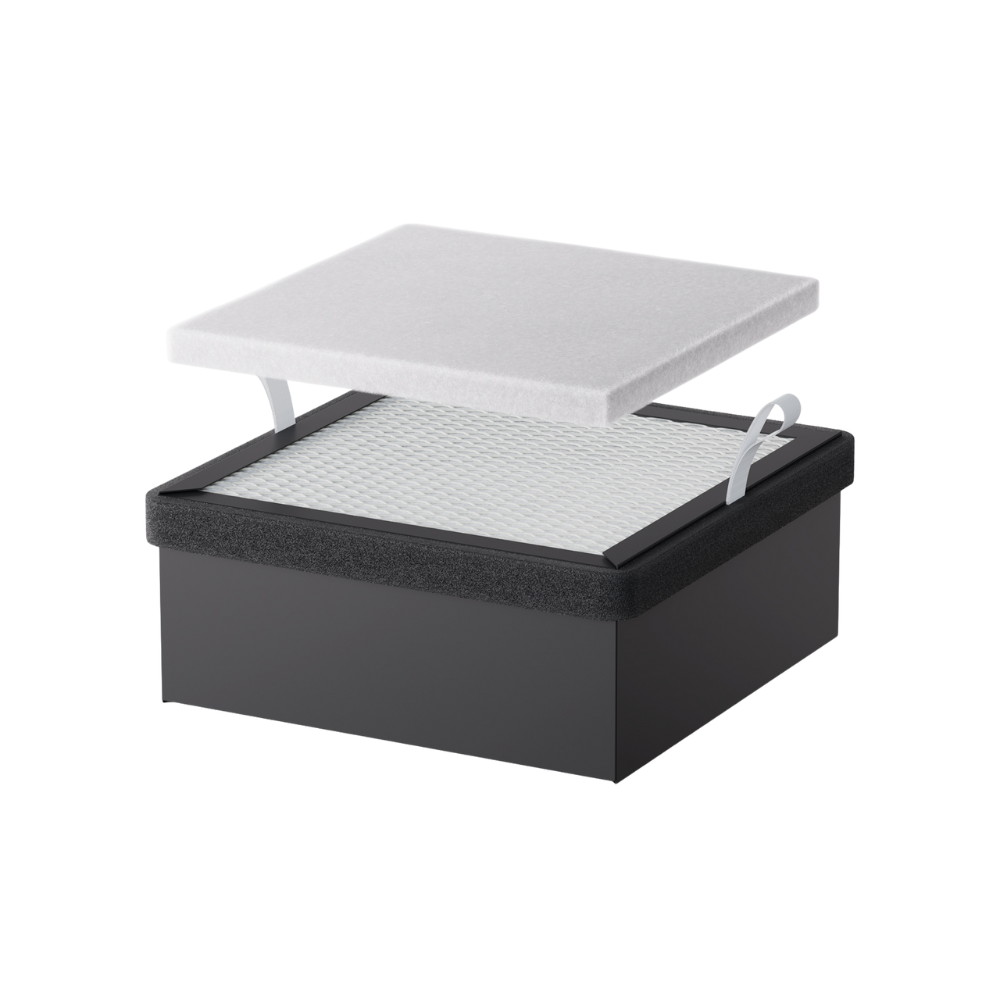







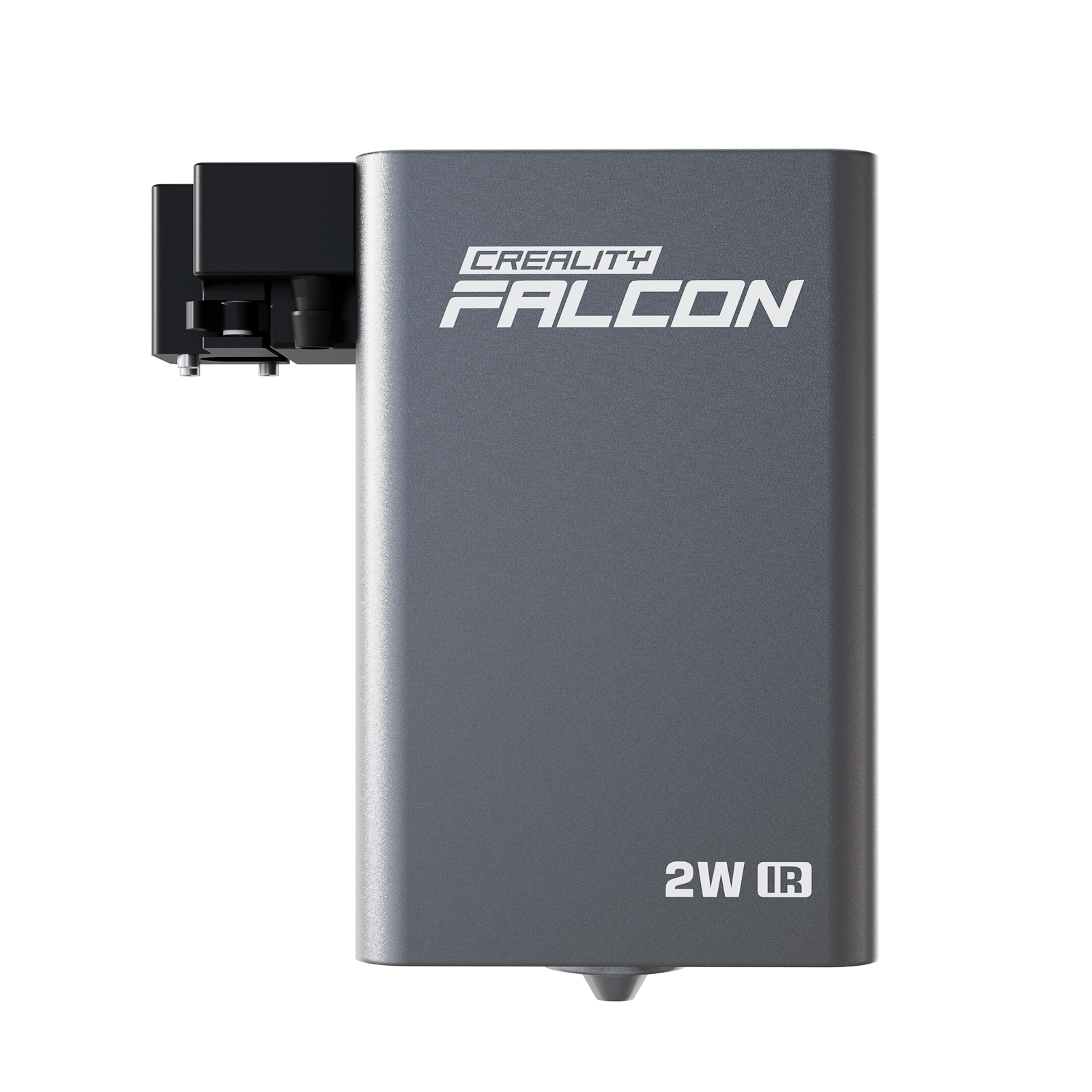













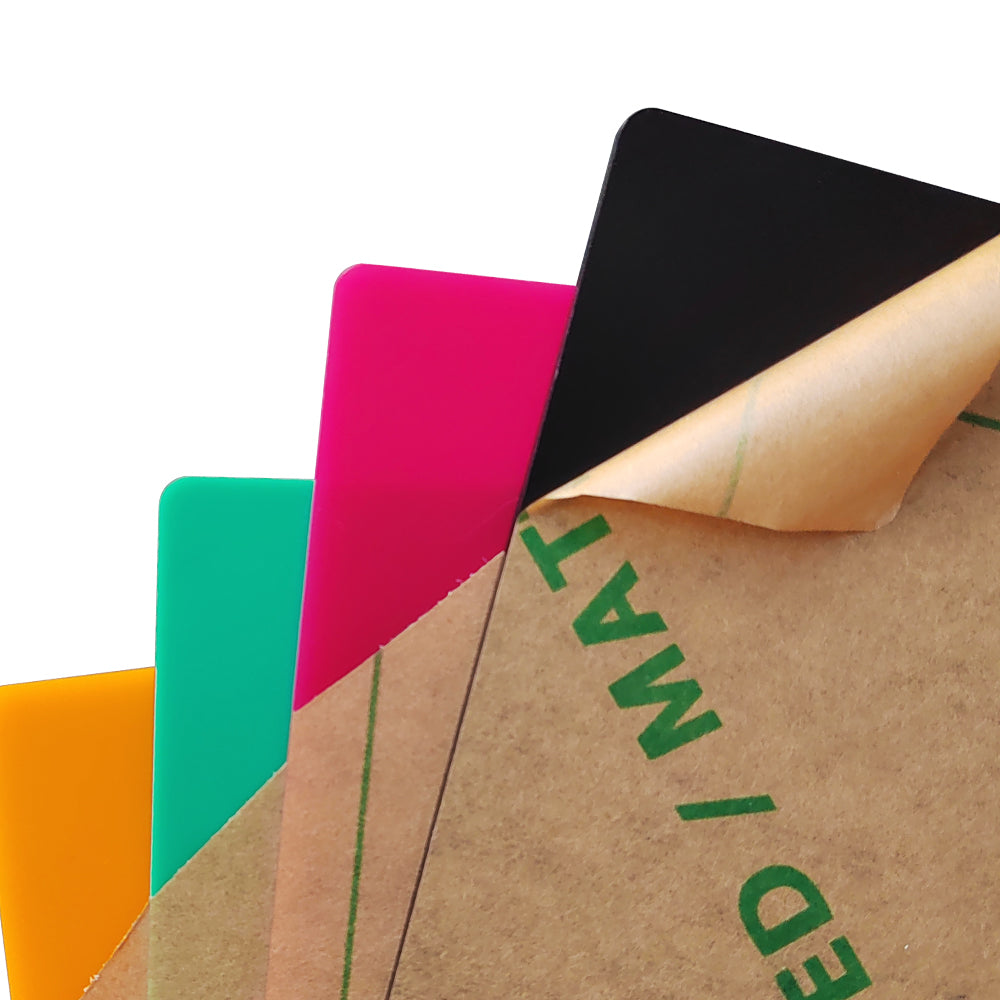




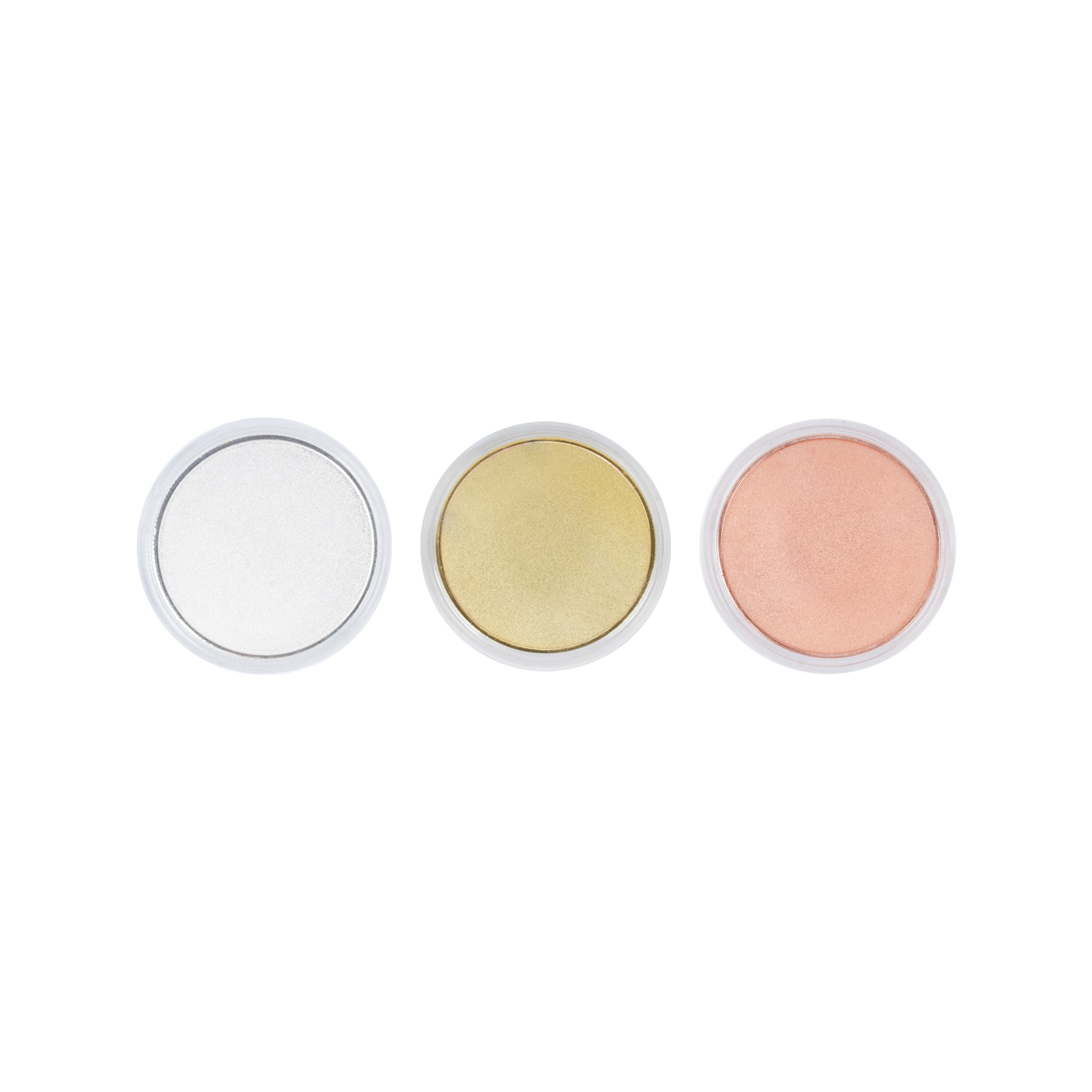
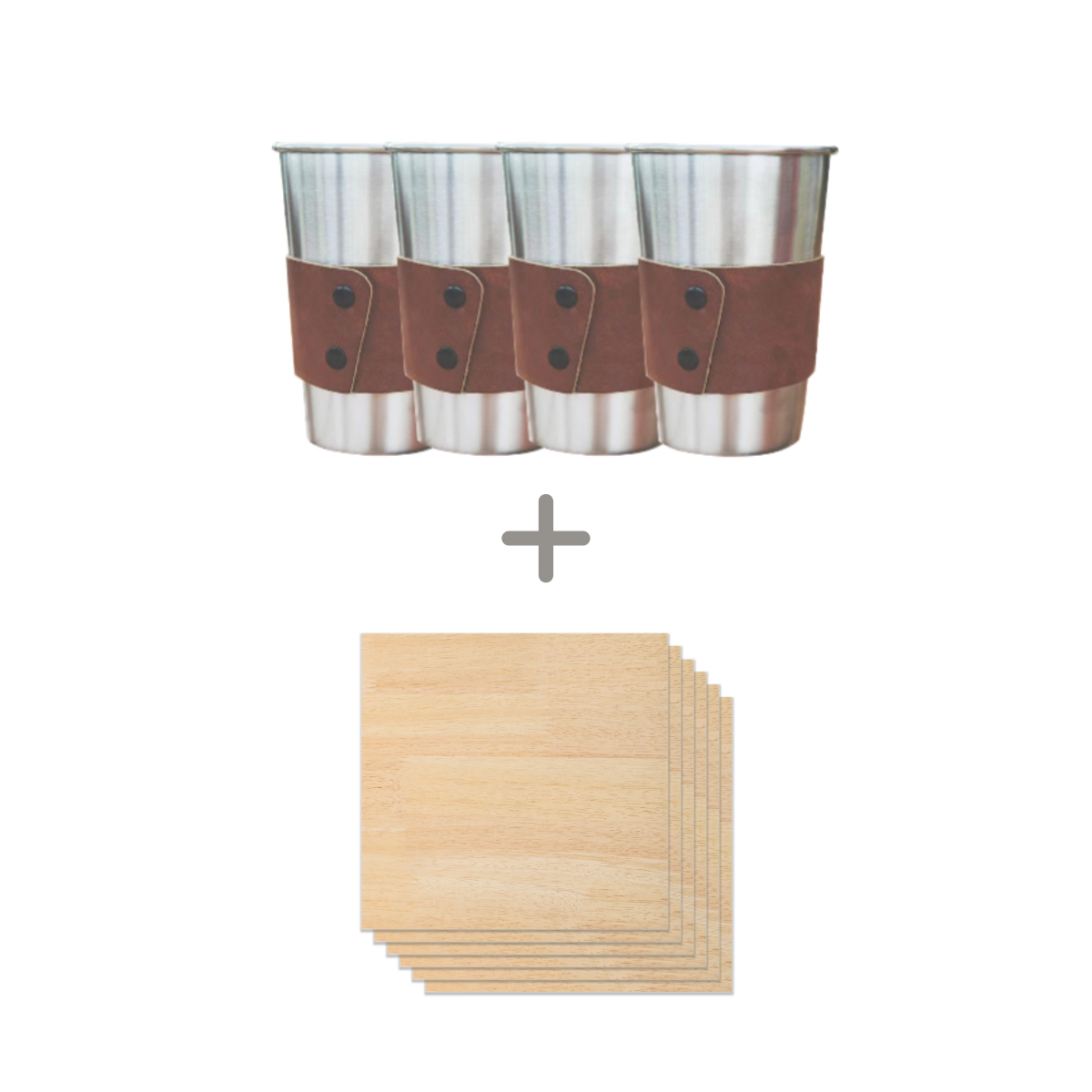

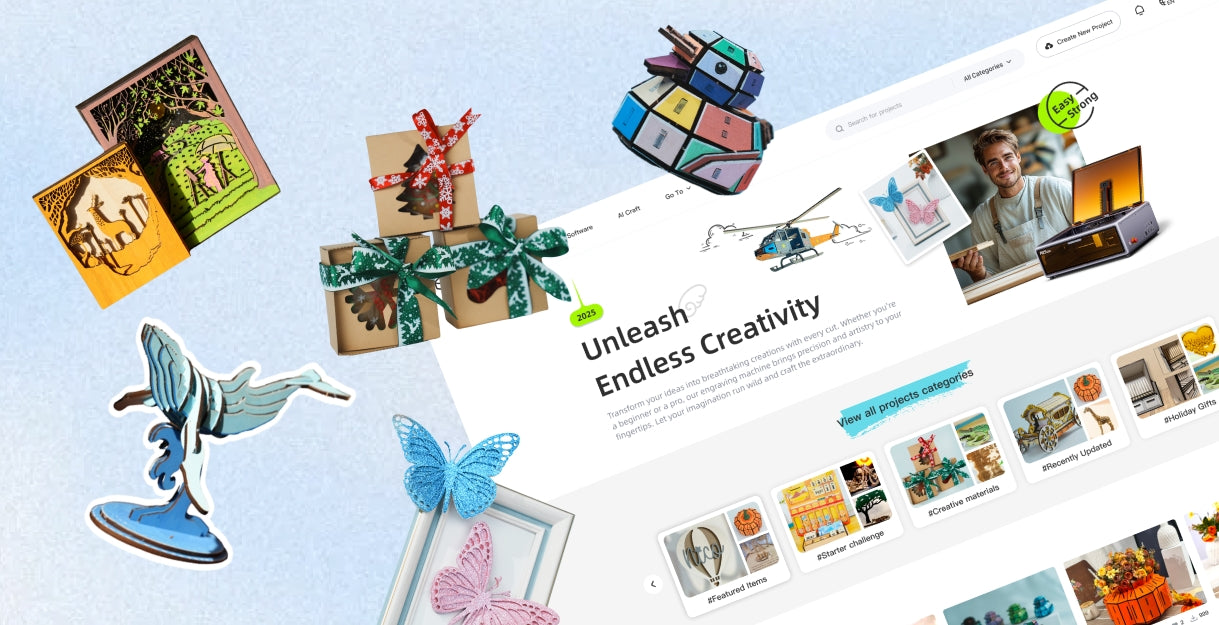



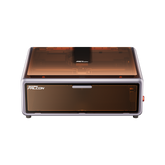

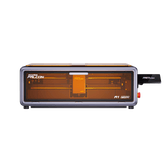
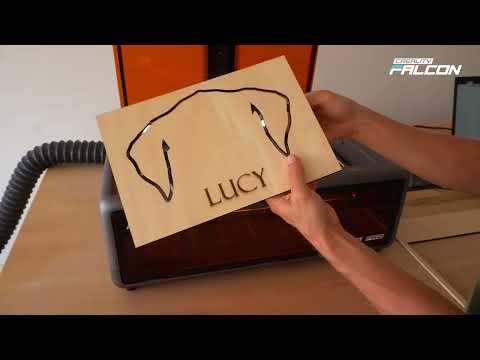
Leave a comment
Please note, comments need to be approved before they are published.